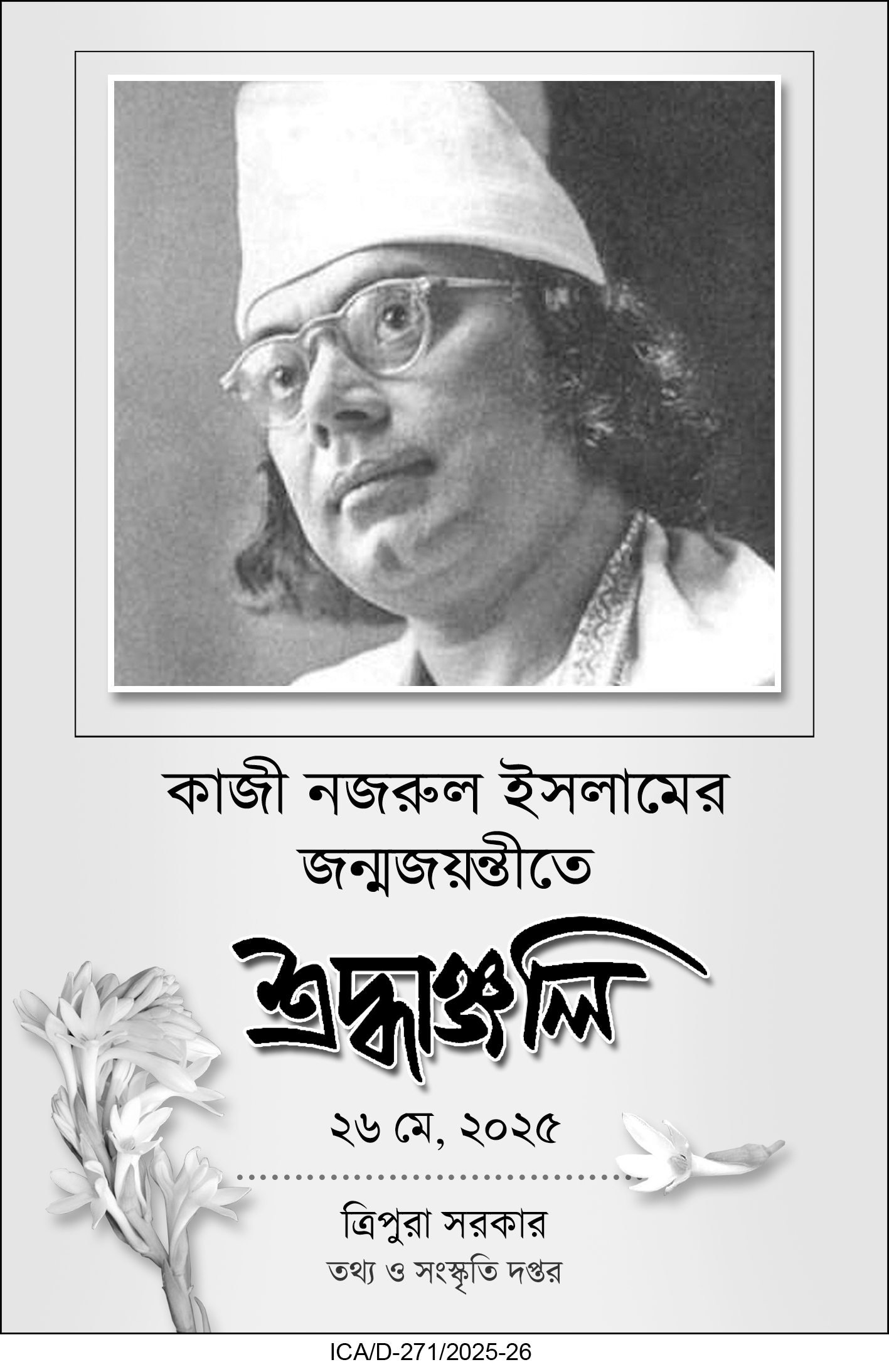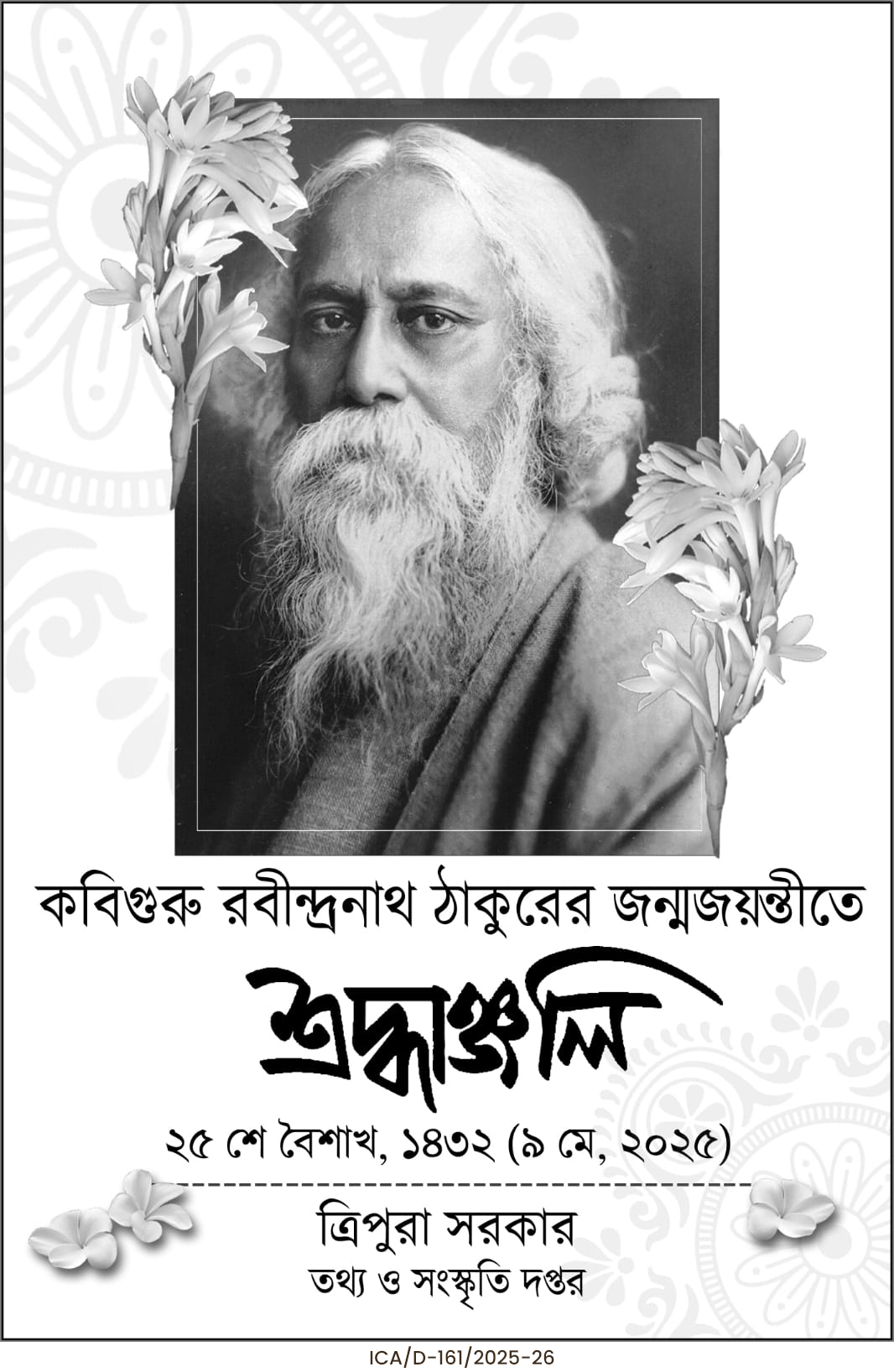Bengalis are renowned for their passion for food, with a culinary heritage that is deeply woven into their cultural identity. Central to this heritage are the traditional tools and techniques that have been passed down through generations. Among them, the wooden rice pounder—locally known as Gail—holds a special place. This essential utensil, traditionally used to make rice flour, has graced Bengali kitchens for centuries. Despite the rise of modern machinery, the Gail continues to endure, symbolizing the community’s deep respect for tradition and craftsmanship.
In the quiet Rajni Sardar Para ADC Village, located in the Gayang Fang area of Kalyanpur in the Khowai district of Tripura, the art of crafting Gails is still alive. Here, a skilled tribal artisan, now over 60 years old, devotes himself to this intricate craft. With weathered hands and decades of experience, he carves each rice pounder from carefully selected wood, ensuring durability and functionality.
The artisan has said, while the demand for Gails has dwindled over the years, there is still a loyal clientele. “The Gails fetch a price of ₹1,500 to ₹1,600 in markets like Kalyanpur,” he explained. However, he also acknowledged that the production has slowed due to various challenges, including the availability of quality wood and the competition posed by modern equipment.
The arrival of winter brings a resurgence in the use of Gails, as families across Bengal prepare to make Pithas—a beloved assortment of traditional homemade cakes made from rice flour. The process of using a Gail to pound rice flour is more than just a culinary activity; it is a ritual steeped in nostalgia and cultural significance. For many, it is a connection to their ancestors and a way to preserve their culinary traditions.
The survival of the Gail in today’s era of mechanized convenience highlights the resilience of Bengali culture. It stands as a testament to the enduring valuaae of craftsmanship and the artisans who remain steadfast in their dedication to preserving this heritage.
Beyond its utilitarian purpose, the Gail embodies the spirit of Bengali tradition. Its presence in kitchens and markets serves as a reminder of the importance of respecting and celebrating age-old customs, even in a rapidly modernizing world. The continued use and creation of these wooden rice pounders reflect a community’s unyielding commitment to keeping their culture alive.
The story of the Gail is not just about a tool but about the hands that make it, the families that use it, and the legacy it preserves. It is a powerful symbol of the rich tapestry of Bengali life, where food, culture, and tradition come together in a timeless harmony.
From Gopal Bhattacharjee, Kalyanpur. First published in Tripura Times. Here is the edited copy.





